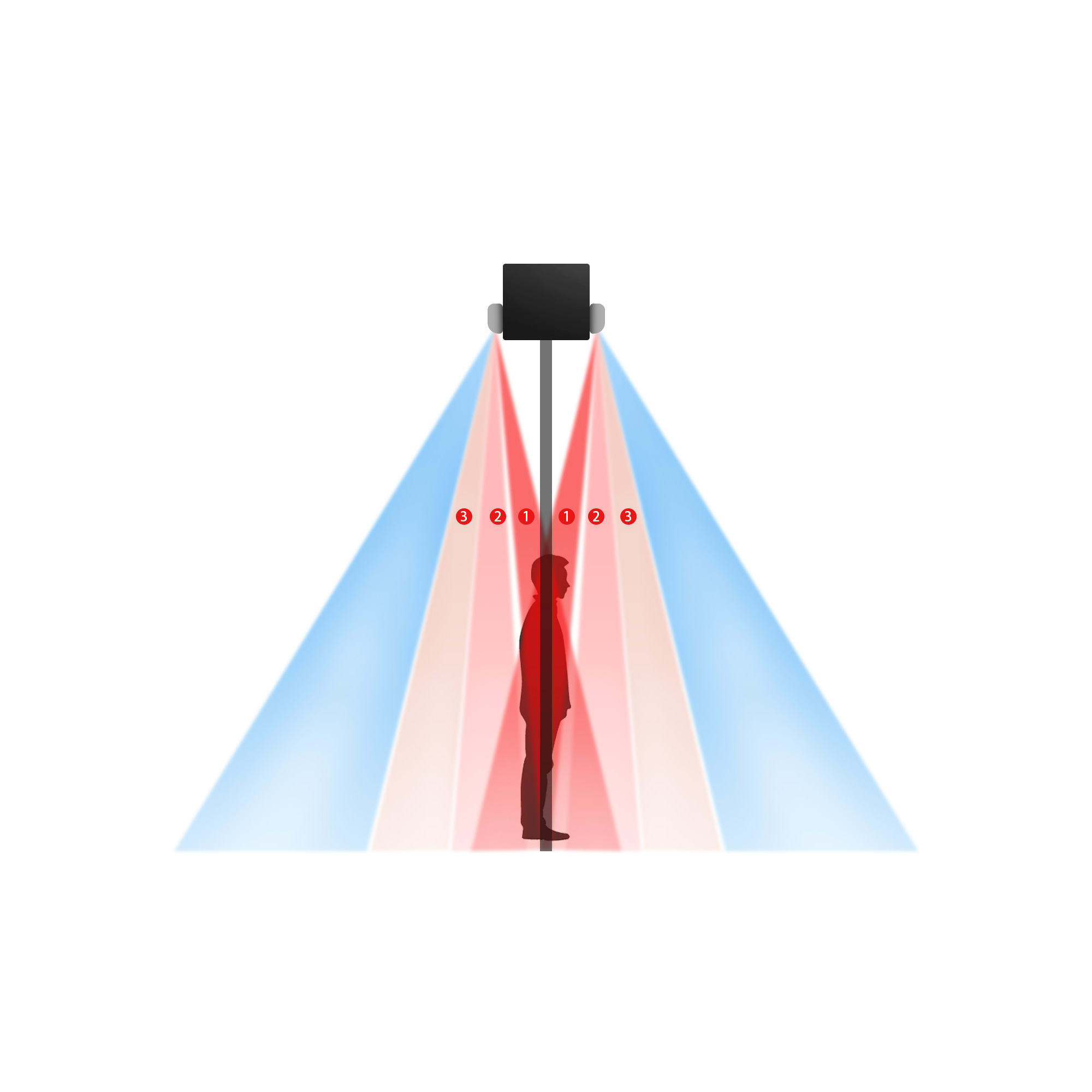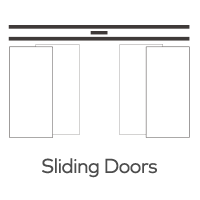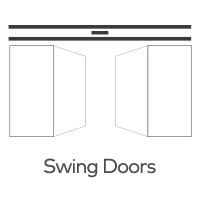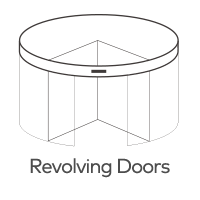Are automatic door infrared sensors suitable for all types of doors and environments?
Automatic door infrared sensors have become an integral part of modern building access systems, enhancing convenience and safety by detecting the presence or motion of individuals. While these sensors offer numerous benefits, their suitability can vary depending on the type of door and the specific environmental conditions in which they are installed. In this article, we will explore the versatility and considerations of using automatic door infrared sensors in various types of doors and environments.

The Versatility of Infrared Sensors
Infrared sensors are renowned for their adaptability and can be used in a variety of door types and settings. Here are some common scenarios where automatic door infrared sensors are suitable:
1. Swing Doors: Automatic door infrared sensors are well-suited for swing doors, which pivot open and closed. They offer seamless and touchless entry, making them ideal for entrances in office buildings, shopping malls, and healthcare facilities.
2. Sliding Doors: Sliding doors, often found in supermarkets, airports, and commercial buildings, benefit from infrared sensors for motion detection. These sensors ensure the door opens only when individuals approach, conserving energy and enhancing convenience.
3. Revolving Doors: Infrared sensors can be integrated into revolving doors to detect the presence of individuals entering or exiting. They contribute to smooth and safe operation, preventing collisions and obstructions.
4. Automatic Gates: Infrared sensors are also suitable for automatic gates, such as those used in parking garages, residential driveways, and secure facilities. They improve security and convenience by automatically opening the gate when a vehicle or person approaches.
Environmental Considerations
While automatic door infrared sensors are versatile, their performance can be influenced by specific environmental factors. Here are some considerations:
1. Outdoor Use: Infrared sensors are often used outdoors in gates and entrances. However, extreme weather conditions, such as heavy rain, snow, or direct sunlight, can impact their performance. Weather-resistant and properly shielded sensors are essential for outdoor applications.
2. Temperature Extremes: Infrared sensors may be exposed to temperature extremes. It's crucial to choose sensors rated for the anticipated temperature range to ensure reliable operation in all seasons.
3. Lighting Conditions: Infrared sensors rely on changes in infrared light to detect motion or presence. Bright sunlight or intense artificial lighting may interfere with sensor accuracy. Sensor placement and shielding can mitigate these issues.
4. Obstructions: Objects or signage placed too close to the sensor's field of view can trigger false detections. Proper installation and sensor positioning are vital to prevent obstructions.
Conclusion
Automatic door infrared sensors are versatile and suitable for a wide range of door types and environments, including swing doors, sliding doors, revolving doors, and automatic gates. Their adaptability enhances convenience, safety, and energy efficiency in various settings. However, successful implementation requires consideration of environmental factors, such as weather, temperature, lighting, and potential obstructions. By selecting the right type of infrared sensor and ensuring proper installation, property owners can harness the full potential of this technology to provide seamless and secure access to their buildings and facilities.







